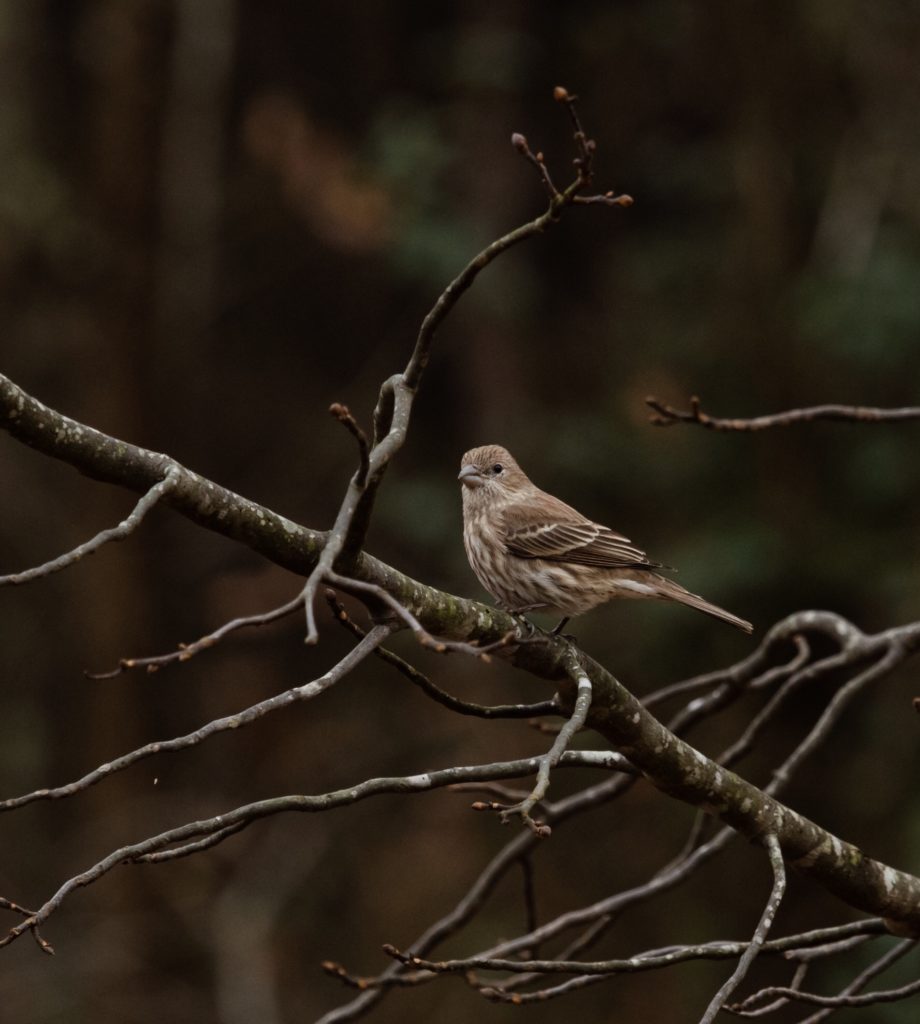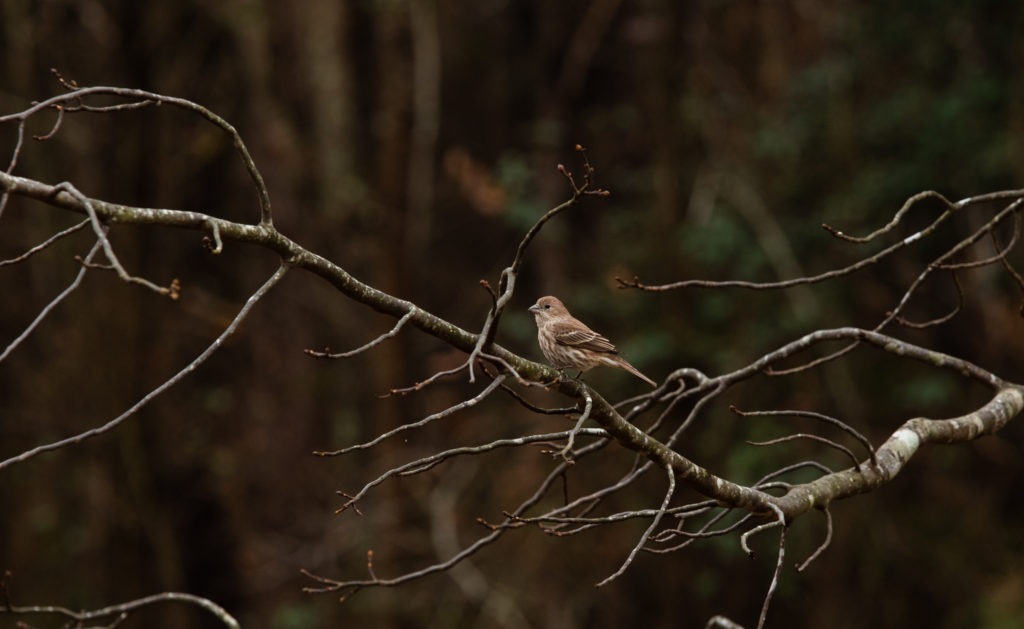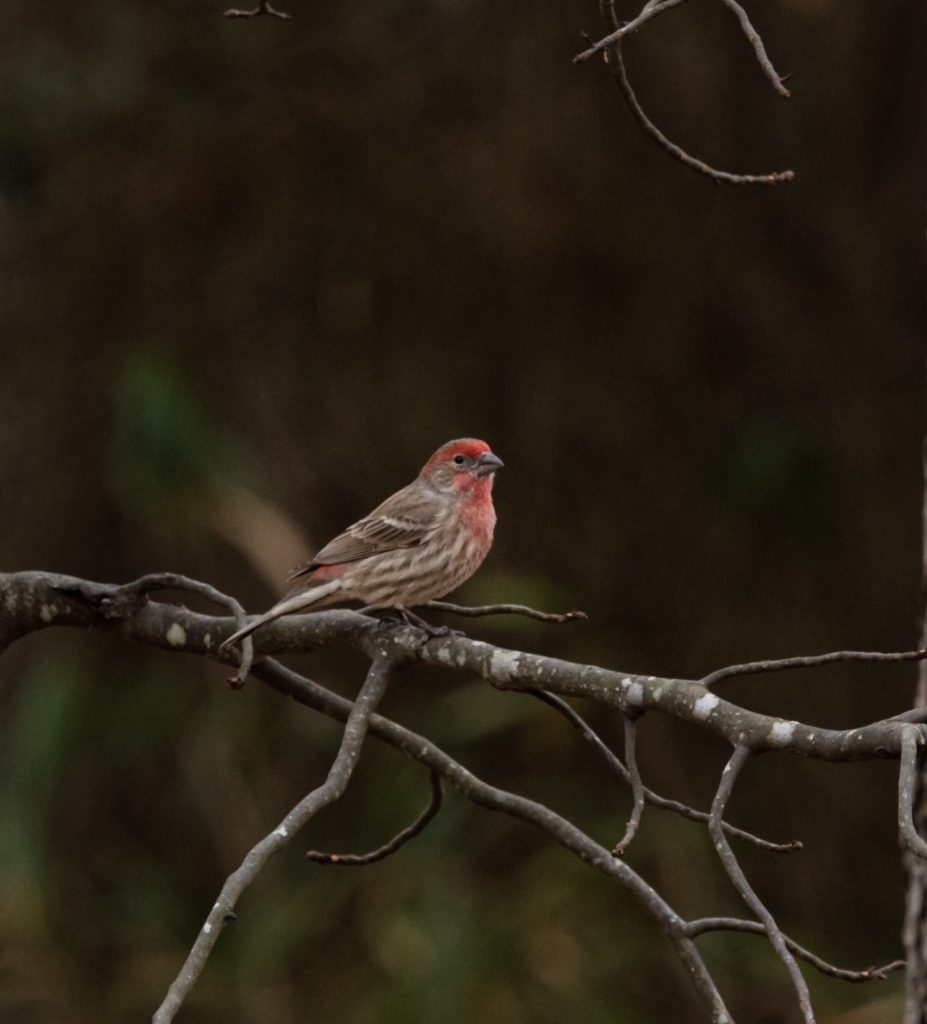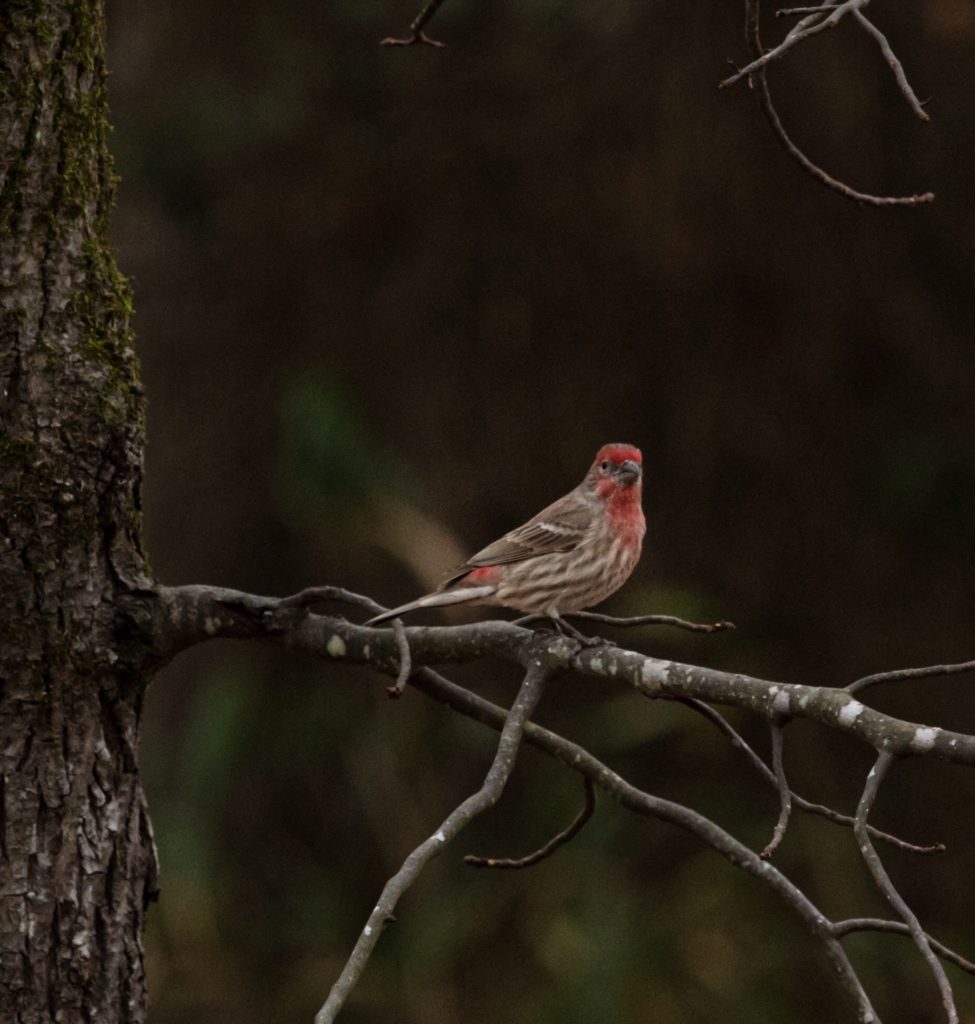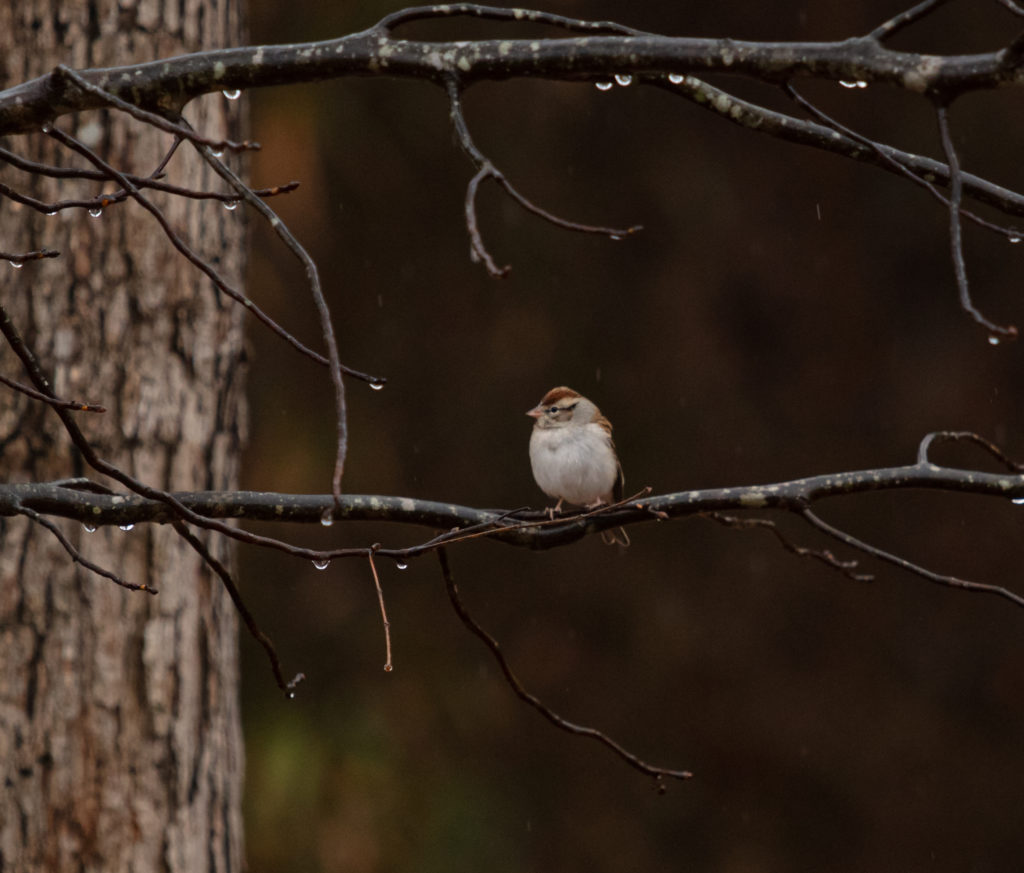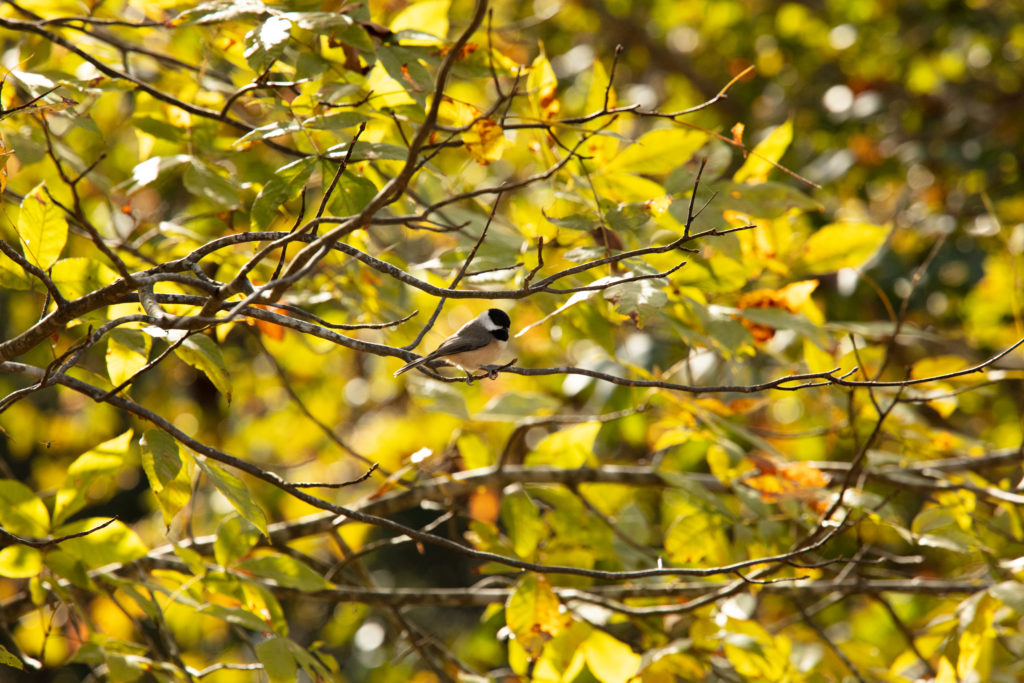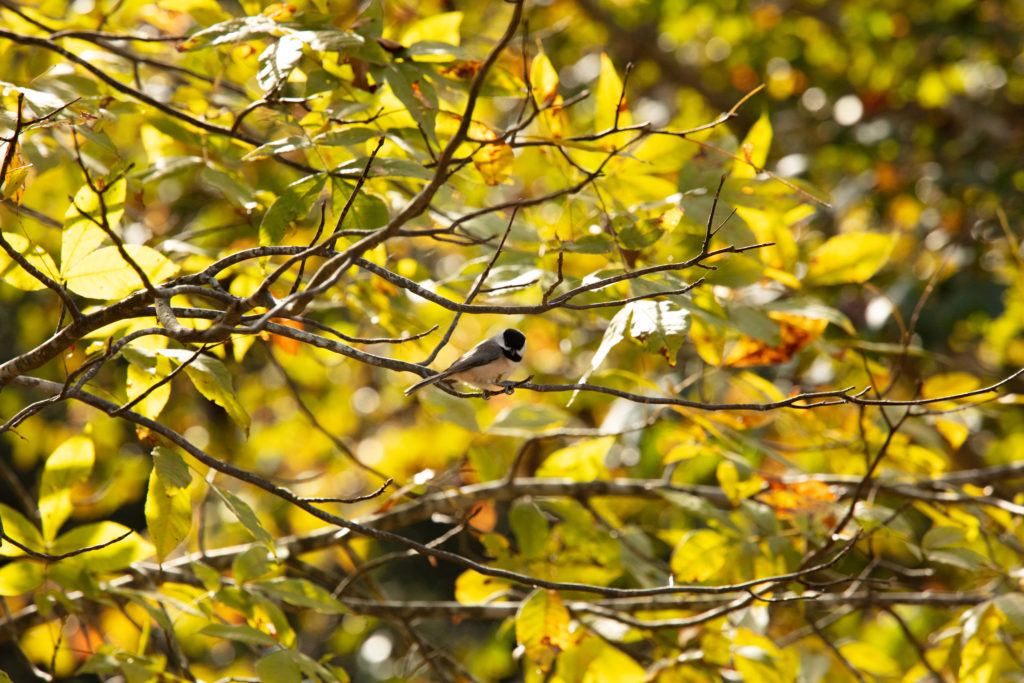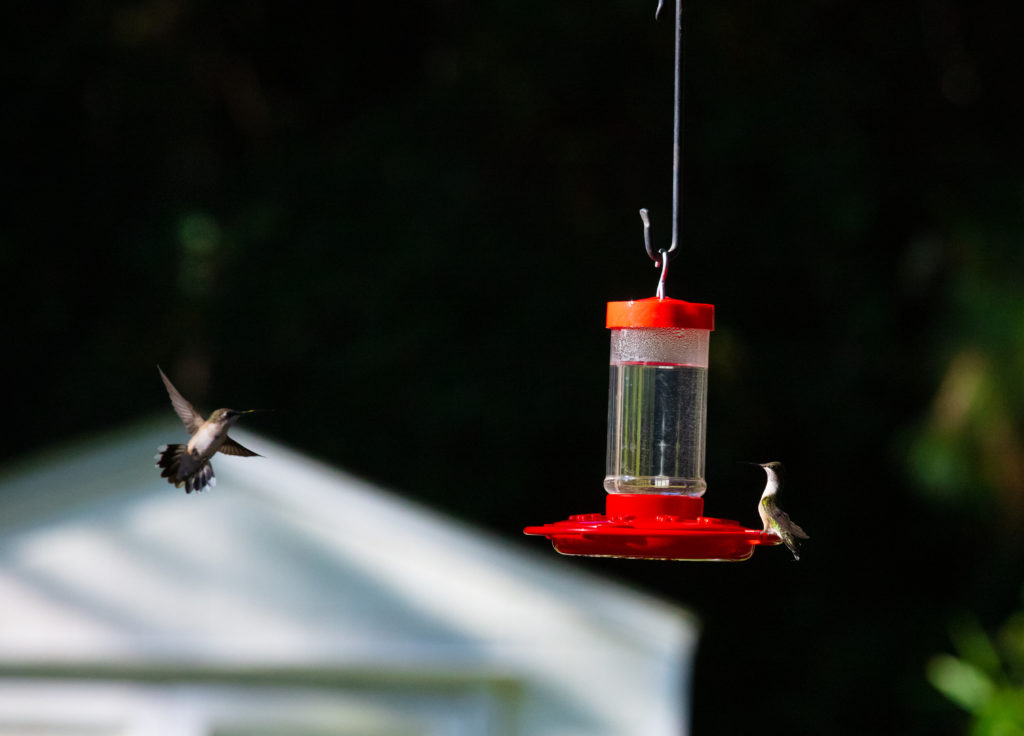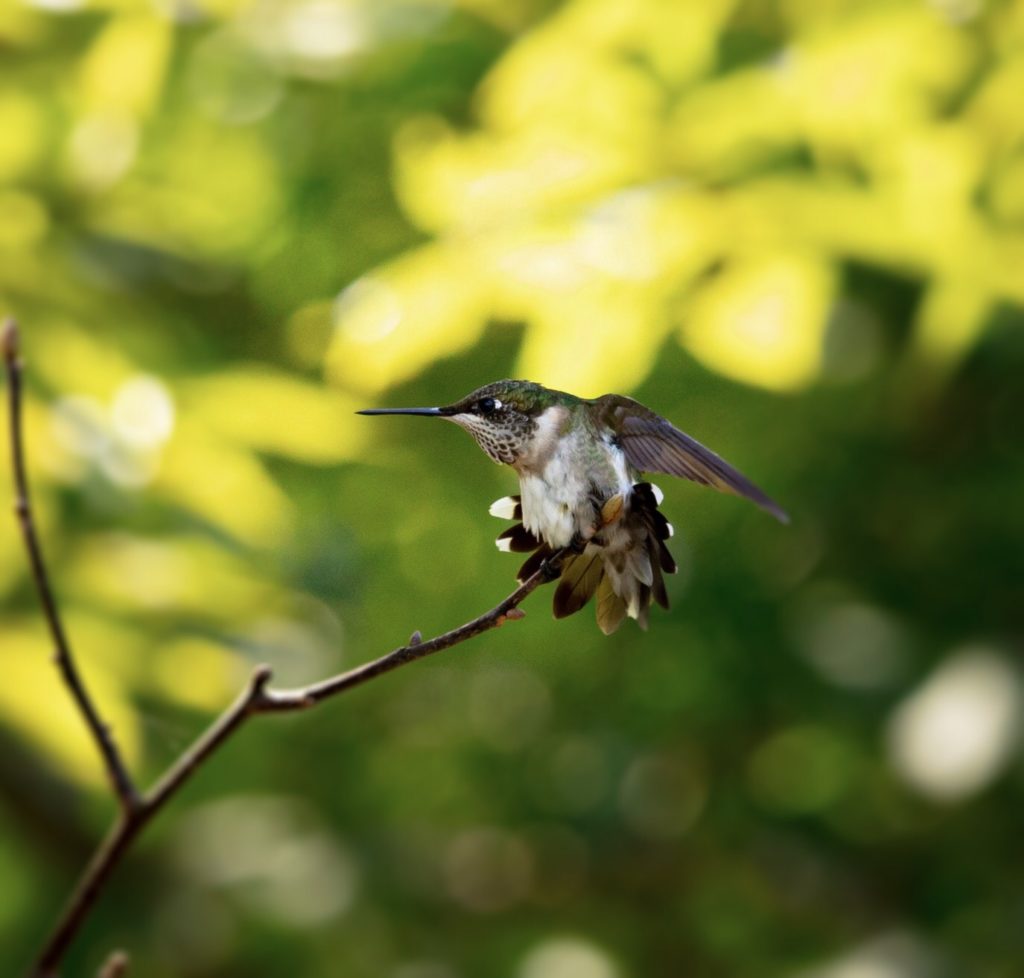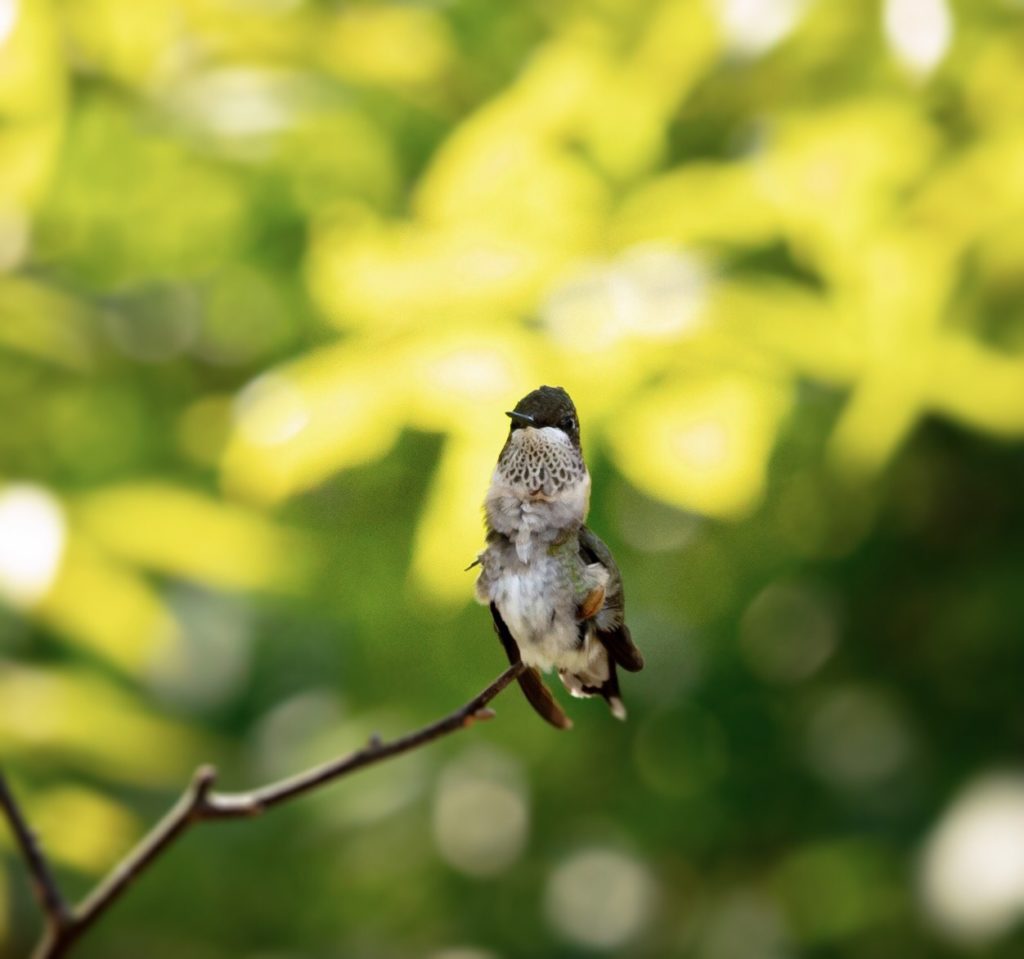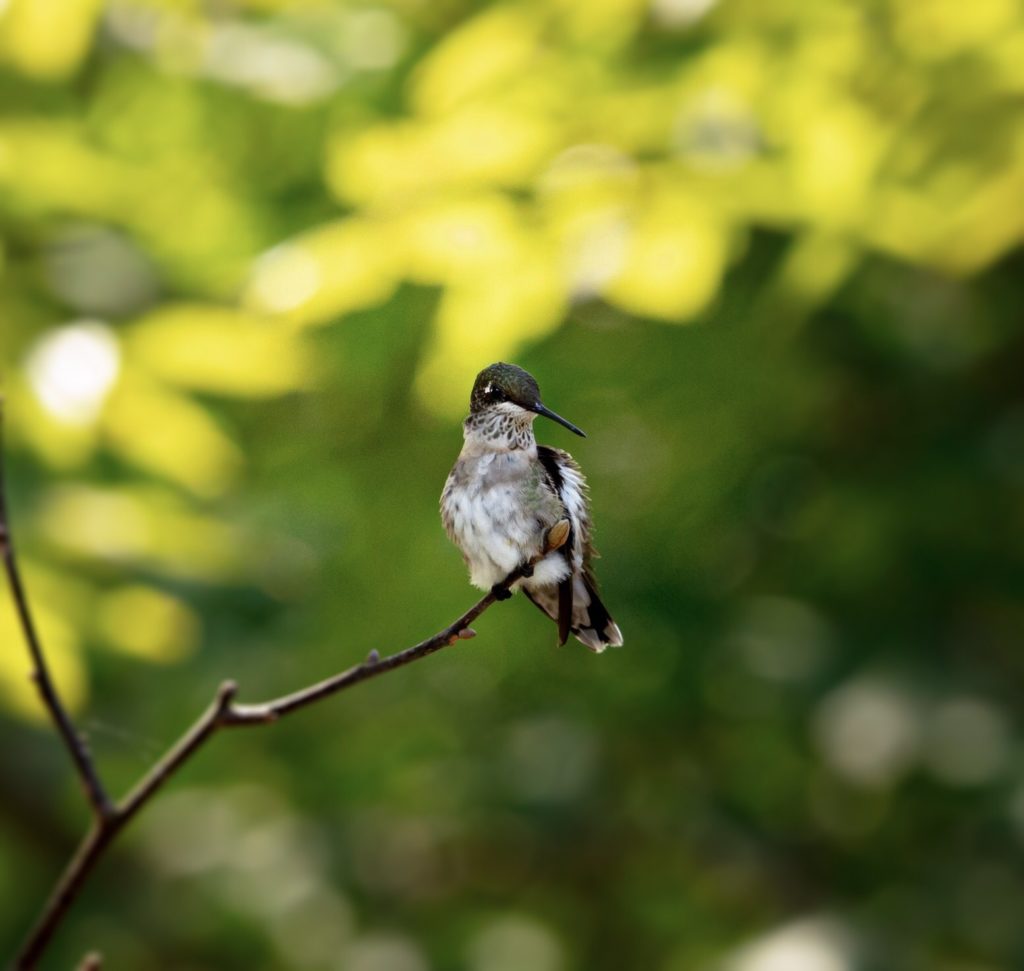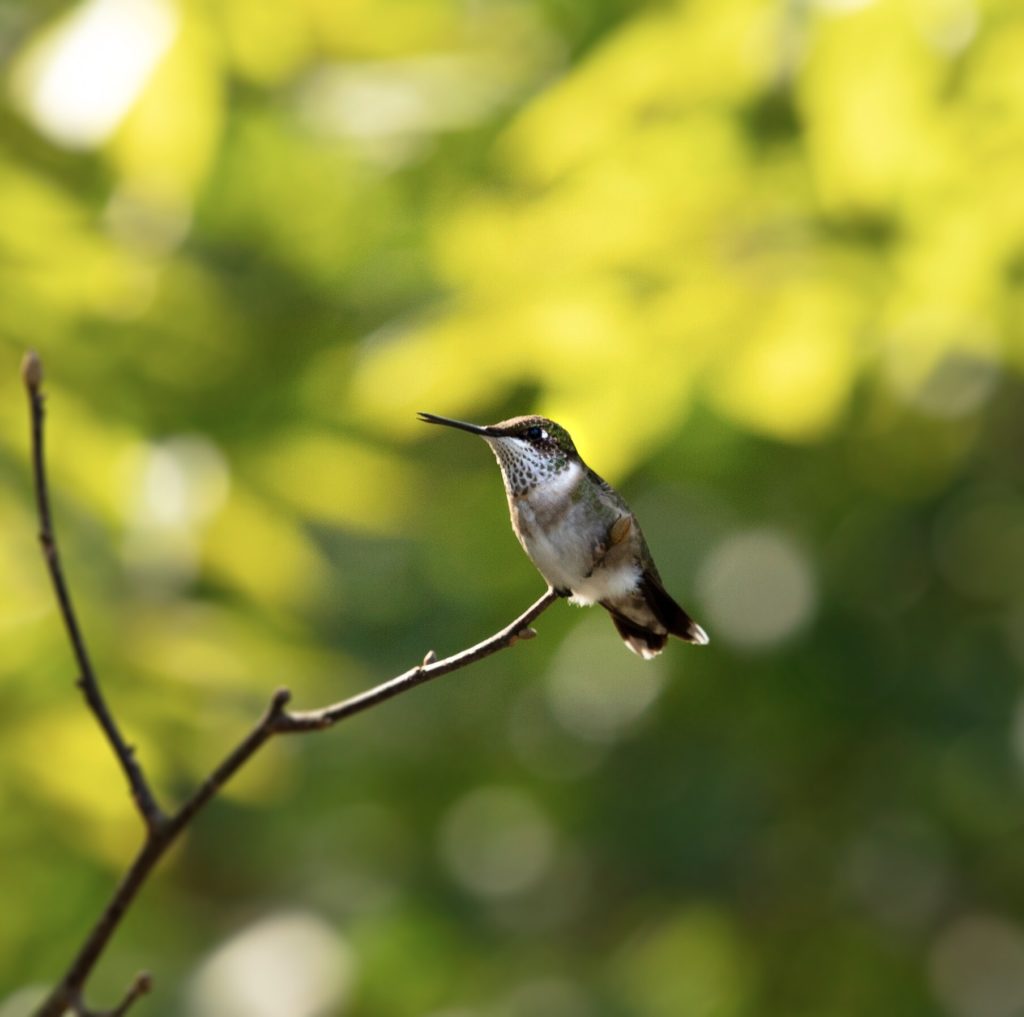By: Sally Siko- Admin Birdwatching NC
I know they are a common bird here in central North Carolina but I cannot help but smile and grab my camera when ever I see a Northern Cardinal.

I especially love to photograph them in the wintertime on dark rainy days. Somehow I think they just look even better in seemingly “adverse” weather related photography conditions.
That crimson plumage just pops in this dim silver light 🙂 I’ve noticed that the Cardinals around here tend to come out of the woods along my property line just before sunrise and again at sunset to visit my feeders. During the rest of the day, they tend to stay in the forest.
The exception being on rainy days where they appear out in the open all day long.
Have any of you out there ever noticed this behavior?
Let me know in the comments below.
Photos by @sally_siko of @birdwatching_nc
Canon 5Ds

